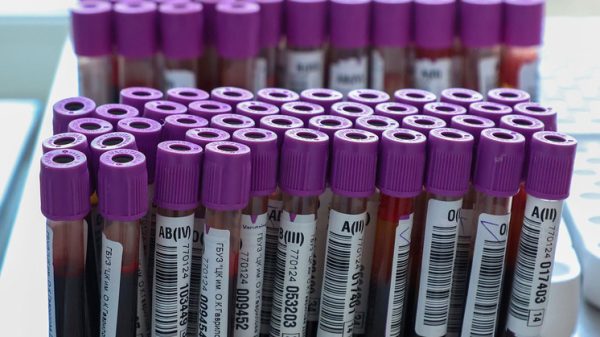The head of the NHS’s test and trace programme has acknowledged it failed to predict the scale of demand for coronavirus testing as schools and universities returned this autumn.
Appearing at a joint meeting of the health and social care committee and science and technology committee, Dido Harding said that the demand for testing in September took the service by surprise.
“As schools came back we saw demand significantly outstrip [the] planned capacity delivery,” she said, adding a similar surge in demand was seen in Scotland. “None of us were able to predict that in advance,” she said.
Challenged by Carol Monaghan, the MP for Glasgow, as to how it was possible that such a surge had not been predicted, Lady Harding said: “The reality is that we are all learning about Covid, we are learning about how the disease behaves and we are learning about how all of us as human beings and a society behave, and we are seeing that learning happening in real time across the whole world.”
Harding later said the system had expected some increase in demand, and had been building capacity to 500,000 tests a day by the end of October. “With the benefit of hindsight the balance between the supply and the demand forecast wasn’t right. Clearly that is true,” she said.
Asked when the next major surge in demand for testing was anticipated, Harding replied it was not her place to answer and that it was not an operational issue. “I defer to the clinical experts in that, rather than think that it is my job to know the answer to that question,” she said.
Graham Stringer, the MP for Blackley and Broughton, responded: “You are the executive chair of the National Institute of Health Protection, I would have expected you to have asked that question [about future demand] of professionals before and have an answer for this committee.”
Stringer said he was “surprised and shocked” at Harding’s failure to answer not only that question, but queries about the proportion of funding that was spent on local versus national test-and-trace efforts.
“That is the crux of the debate about test and trace, whether doing things locally is more effective than centrally,” he said.
Harding was also unable to say how long it was taking for the contacts of someone who had requested a test, and subsequently tested positive, to be told to self-isolate. The government scientific advisory body Sage has previously said this period was crucial for test and trace to reduce the R number – the number of people each person with the virus infects.
“I can’t give you a complete end to end average at this stage,” Harding said. “Clearly we have lots of work to do to get to the majority of people being tested and contacted within 72 hours, but we are reaching a meaningful proportion of that.”
Anyone wishing to get a test was now able to do so, although she was later forced to clarify that testing was only available for those with symptoms of Covid-19.
“As we stand now, testing is completely unconstrained across all four nations, anyone who wants to get a test anywhere across the country can get one today,” she said, adding that the average distance people now had to travel in England was, on average, less than three miles.
“This is a retail network that didn’t exist six months ago, that is now larger that the whole of Asda’s food business.”























































Свежие комментарии